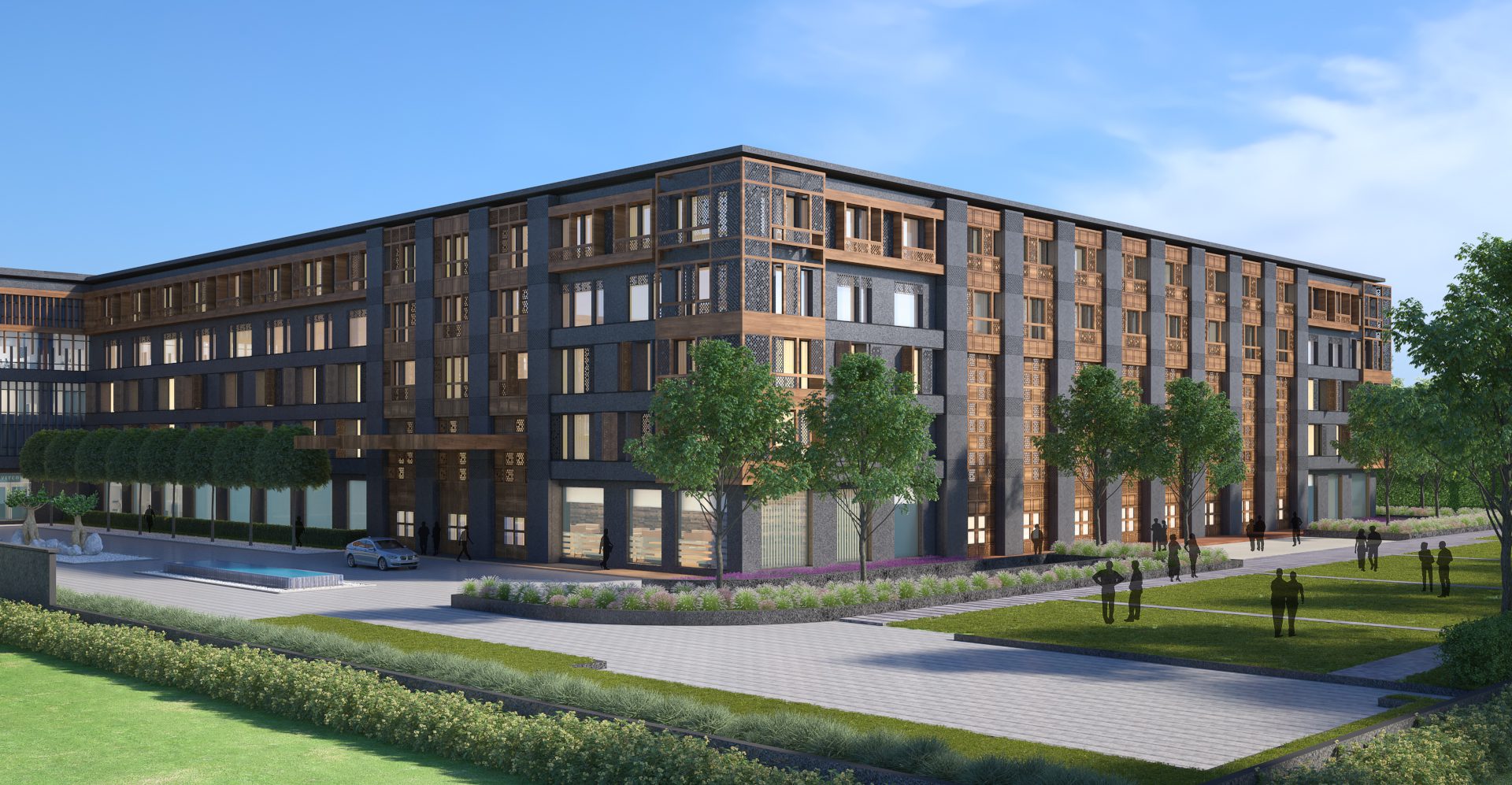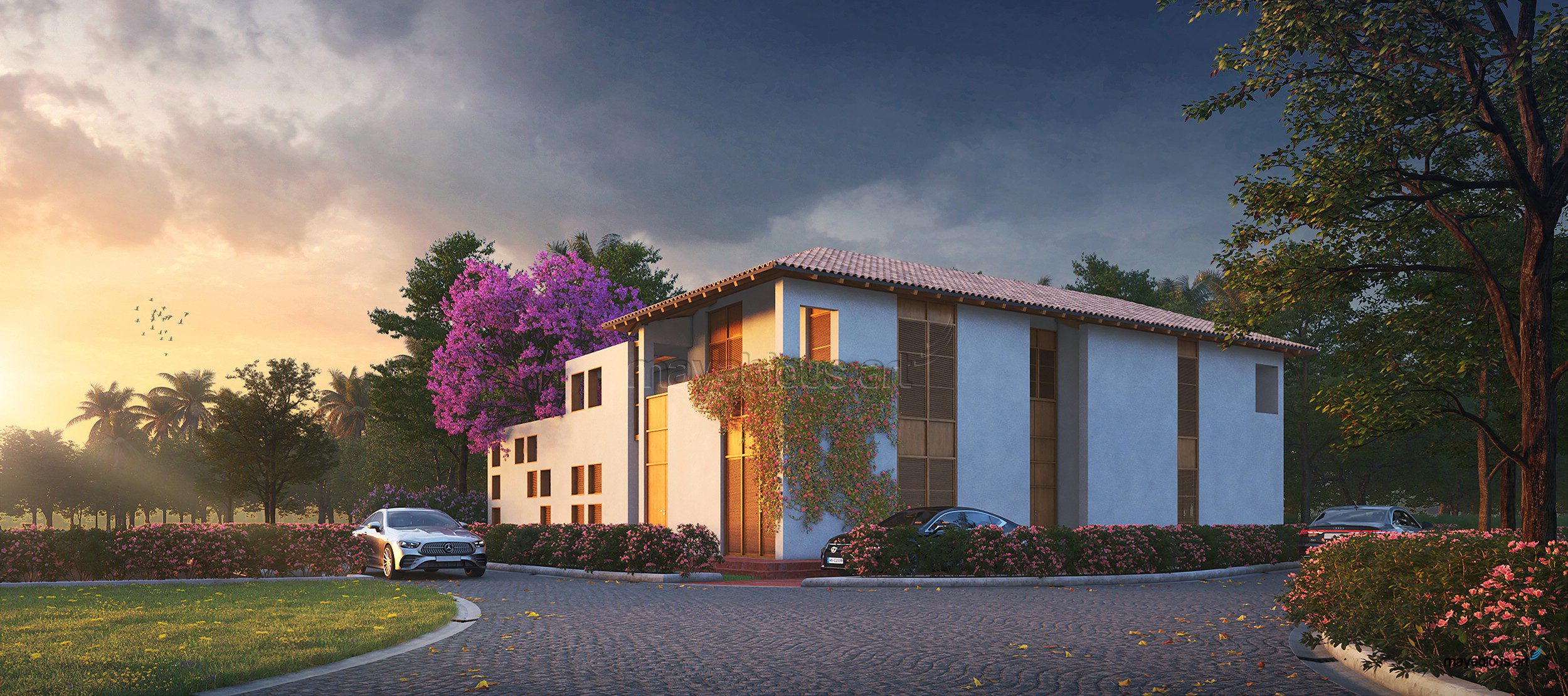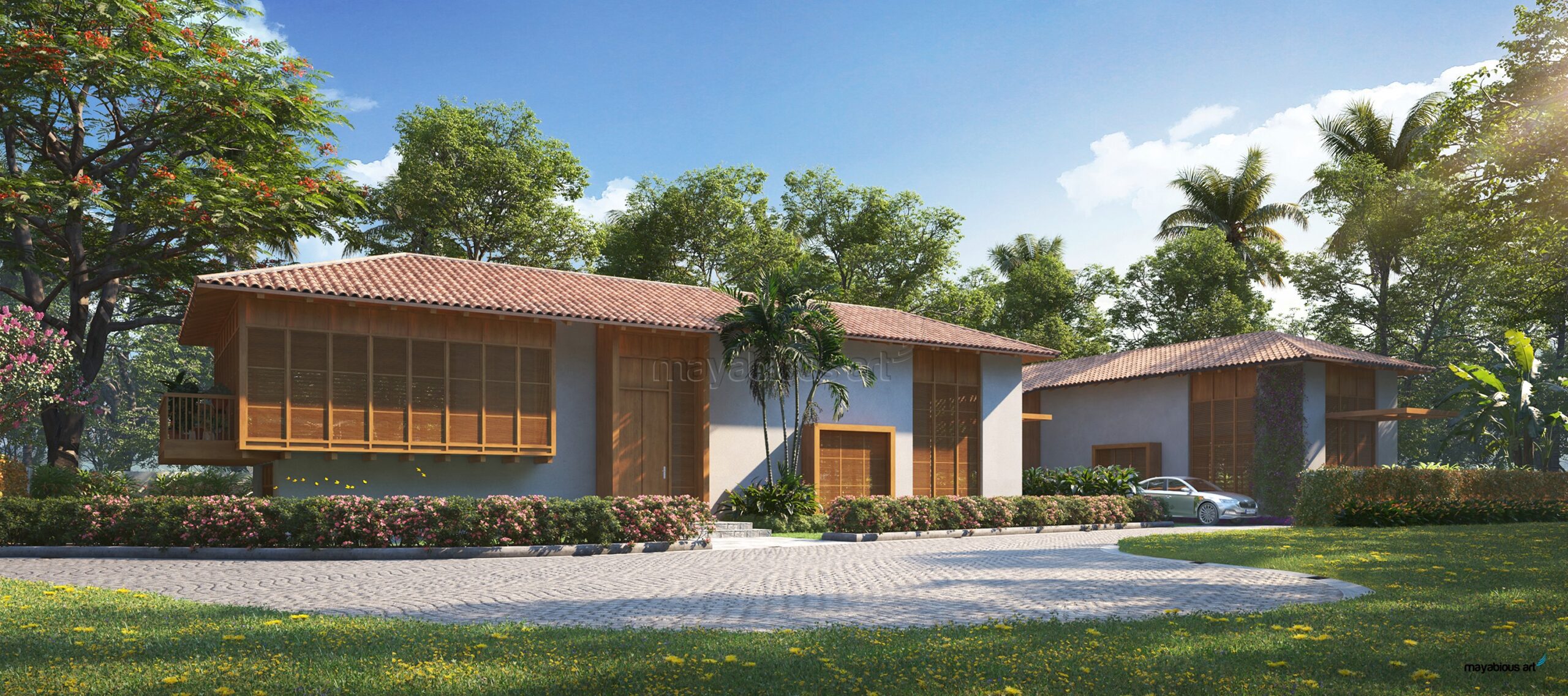Why Modern Hospitality Seeks Stories in Design Now More Than Ever
Across the world, hospitality is transforming. Travellers today are no longer seeking uniform luxury; they desire spaces that reflect the culture, climate, and character of the destinations they visit. This shift has placed design at the center of the hospitality experience as a medium through which people connect with place.
For years, high-end hotels followed a familiar script with grand lobbies, global finishes, and repeatable room types. That predictability brought consistency, but also sameness. Today, guests want spaces that feel specific: materials that make sense for the climate, art that belongs, food and rituals that the format speaks to where they are. In short, design is shifting standardisation to significance, from “what’s the amenity?” to “what does this place mean?” This reflects a clear preference pattern for authentic and rooted local experiences.
Context-Driven Design Language
To be truly rooted in place calls for a design approach that embeds history, geography, craft, and climate into the DNA of the project. The goal is not replication but embracing a culture and context-driven design language that serves contemporary needs. At the same time, these cultural layers must work seamlessly with the highest standards of global hospitality, from safety and accessibility to technology and acoustics, so that experience and performance go hand in hand.

Our design for the Ritz-Carlton in New Delhi demonstrates this balance by translating elements of Indian architecture like jaali screens, balconies, and jharokhas into a façade that feels both contemporary and rooted. The building frames a three-level courtyard inspired by traditional stepwells, a shaded, civic-scaled space that doubles as a social condenser for everyday gatherings and major events.
Hospitality as Cultural Storytelling
Hospitality has always been a form of cultural exchange. Food, rituals, and shared spaces have long carried the stories of communities, and in architecture, these stories find permanence. Every material, every crafted detail, and every spatial gesture can become a medium through which guests engage with a place more intimately. When hotels embrace this role, they move beyond accommodation to become cultural touchstones.
An upcoming resort in India builds on this premise by weaving local heritage into its very fabric. A tea experience centre anchors the project, offering guests not just refreshment but a lens into regional identity. The design borrows from local temple architecture and the vernacular intimacy of ikra houses, reinterpreted in a contemporary vocabulary of wooden screens, landscaped courtyards, and villas. Set within dense vegetation, the resort minimises intrusion into the landscape, creating quiet moments of retreat amidst greenery. In doing so, it becomes both a luxury destination and an interpreter of place, where culture is lived.

Tradition and Modernity in Balance
Cultural references in hospitality design carry meaning only when they are lived and felt by the guest. A carved screen, a local motif, or a traditional courtyard may evoke identity, but its true value emerges when they are seamlessly tied to comfort and function. Guests may admire the story a space tells, but they ultimately remember how it made them feel — whether it offered rest, privacy, light, and ease. This balance is about ensuring that one enriches the other, creating places that are both soulful and practical.
.

Brick as a Sustainable Choice
Beyond its beauty, brick is inherently sustainable. Locally sourced and low-maintenance, it offers thermal mass, breathability, and durability. In India’s varied climate, brick naturally supports passive design strategies, helping buildings stay cool in summer and insulated in winter. Its longevity means less need for repair or replacement, making it a practical, long-term choice.

Modernity and Brick: Breaking the Cliché
While brick often carries connotations of the traditional, its potential in contemporary design is vast. Today, architects can pair it with concrete, steel, and glass to create rich, hybrid material palettes. Brick is no longer confined to the vernacular; rather, it’s being abstracted, sculpted, and even branded. Used strategically, it brings rhythm to façades, identity to buildings, and depth to minimalist forms.
At the D-14 Residence in Rohtak, tradition meets modernity through exposed bricks sourced just 50 km away. Brick jaalis animate the façade, balancing privacy and light, while minimalist details, like slender steel railings and Kota stone floors, lend a subtle refinement. With its wide verandahs and landscaped edges, the home feels both grounded and contemporary—a modern take on Indian living, expressed through the timeless language of brick.




